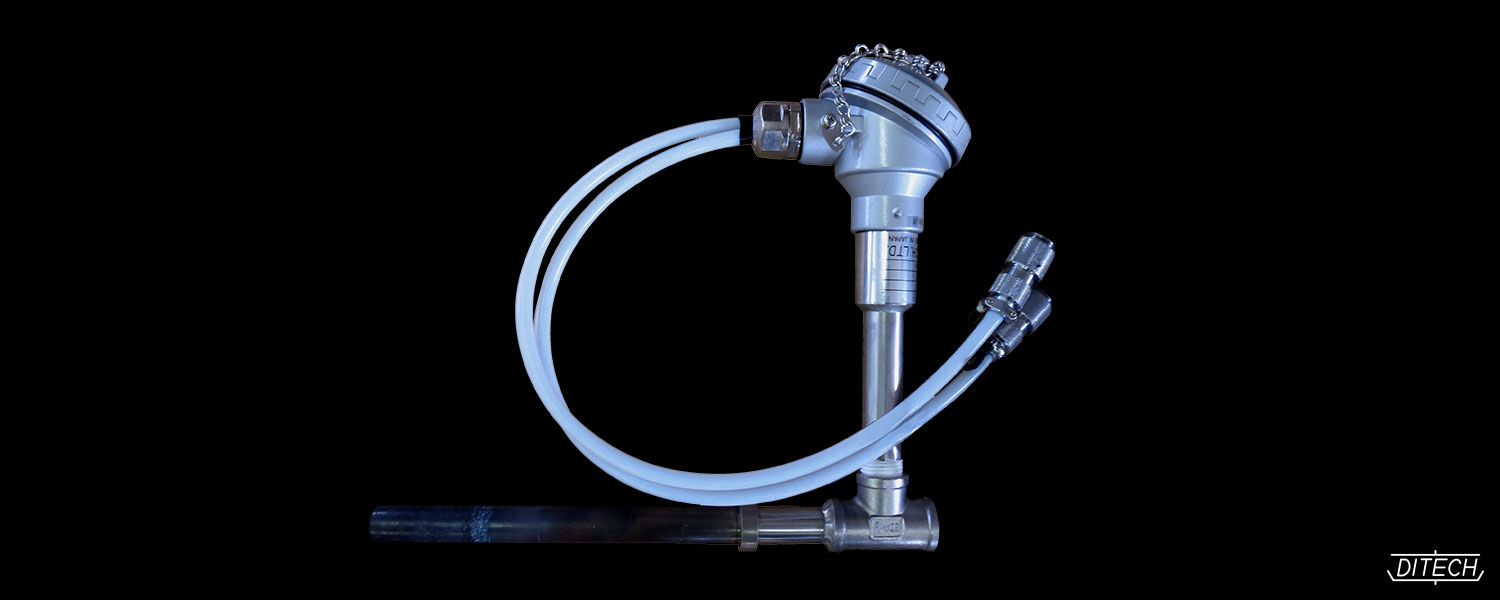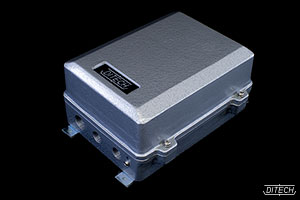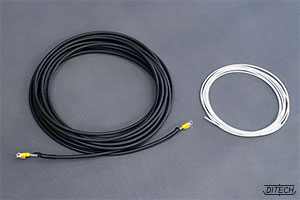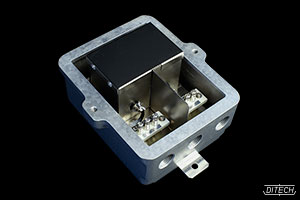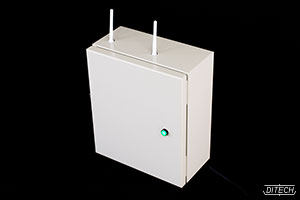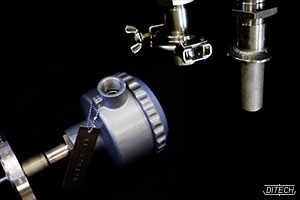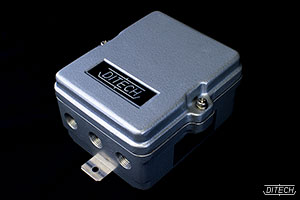Manufacturer of Level Switch, Level Transmitter,
Detector and Sensor DITECH,LTD.
Level switch for molten metals
Electromagnetic
induction-type
Impedance system
DIM-LS
IPM-LS
This level switch for molten metals are also designed to be suitable for a closed vessel (tank).
measured
molten metals |
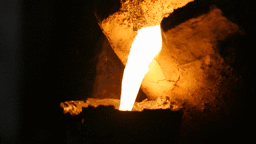 |
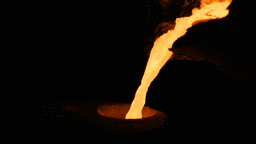 |
At ultrahigh temperatures, conventional capacitive level switches cannot measure the level of good conductors. DITECH’s proprietary level switch for molten metals has been developed to make this possible.
The industrial sector is expecting market prices of metallic resources to soar in the future. Accordingly, metallic resources must be utilized efficiently. By carefully controlling the level of molten metal in metal refineries that consume huge amounts of energy, it becomes possible to cut wasteful use of energy and costs, as well as to reduce environmental burdens.
This device offers a simple sensor structure for an increased degree of design freedom that enables to integrate the protective tube into a closed vessel (tank) not to directly make contact with the outside air. In addition, Level transmitters for molten metals are also available.
it can detect the metal surface level without any influence of slag.
Level transmitters for molten metals are also available.
principles
Electromagnetic induction-type Level switch for molten metals
(Model DIM-LS)
When an electromagnetic induction-type sensor is submerged in a molten metal, an eddy current occurs and its induction efficiency changes. This phenomenon is used to generate a level signal.
Impedance system level switch for molten metals
(Model IPM-LS)
Every non-metallic material becomes non-insulative and more conductive at higher temperatures. In contrast, the conductivity of metals decreases with increasing temperatures. Nevertheless, it is possible to distinguish different materials by identifying differences in conductivity since their conductivity values clearly differ from one another.
measured
Use of various kinds of protective tubes suitable for the molten metal makes the device usable at high temperatures up to 2000 ℃.
| Object to be measured |
Melting points |
|
|---|---|---|
| Mercury | 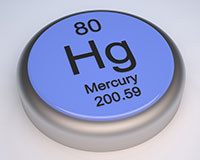 |
-38.9℃ |
| Cesium | 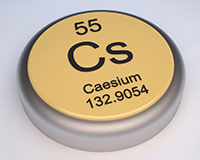 |
29℃ |
| Sodium | 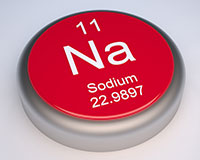 |
98℃ |
| Lithium | 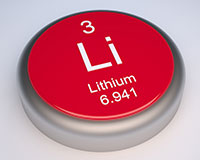 |
179℃ |
| Tin | 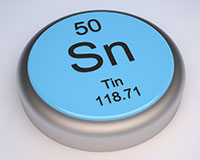 |
232℃ |
| Bismuth | 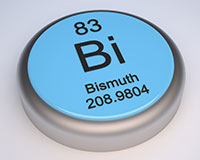 |
271℃ |
| Cadmium | 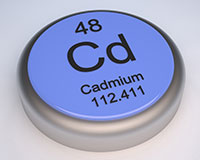 |
321℃ |
| Lead | 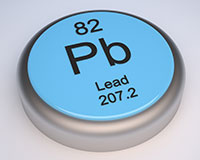 |
328℃ |
| Zinc | 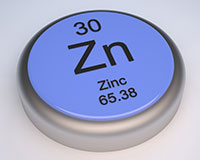 |
419℃ |
| Magnesium |  |
651℃ |
| Aluminum | 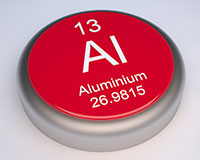 |
660℃ |
| Object to be measured |
Melting points |
|
|---|---|---|
| Barium | 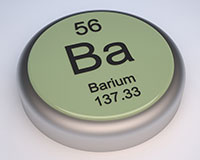 |
717℃ |
| Calcium | 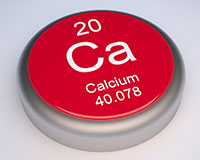 |
810℃ |
| Germanium |  |
959℃ |
| Gold |  |
1063℃ |
| Copper |  |
1083℃ |
| Manganese | 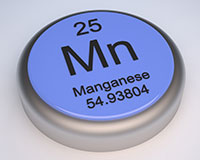 |
1244℃ |
| Silicon | 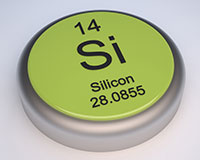 |
1410℃ |
| Nickel |  |
1455℃ |
| Iron | 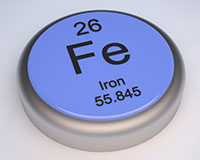 |
1539℃ |
| Titanium |  |
1727℃ |
| Platinum | 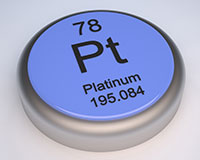 |
1774℃ |
| Output signal | a, c, b 200V 1A 100VA (Non-inductive load) / Open collector / Thyristor / SSR |
| Input power | Model DIM-LS: AC105V/210V 50/60Hz or DC24V Model IPM-LS: AC105V/210V 50/60Hz or DC24V |
| Power consumption | Model DIM-LS: 20W Model IPM-LS: 7W |
| Allowable temperature | Detector: -60℃~+2000℃ (Depends on the specifications) Transducer: Model PS-17LS: -10℃~+50℃ Transducer: Model IPS-17LS: -10℃~+50℃ Special cable: Model RG (standard type): -10℃~+60℃ Special cable: Model TEF (heat resistance use): -200℃~+260℃ Special cable: Model DSC-15 (high accuracy use): -10℃~+60℃ Special cable: Model DSC-05 (small size): -10℃~+60℃ Special cable: Model DSC-13 (heat resistance use): -50℃~+200℃ |
| Allowable load | Detector: 2000㎏ Concentrated at detection tip (Depends on the specifications) |
| Allowable pressure | Detector: 30MPa (approx. 306kg/cm2G) (Depends on the specifications) |
| Weight | Transducer: Model PS-17LS: 5.5kg Transducer: Model IPS-17LS: 2.0kg |
| Size | Transducer: Model PS-17LS: 216(W)×125(D)×259(H) Transducer: Model IPS-17LS: 154(W)×95(D)×166(H) (mm) |
| Installation | Detector: Flange mounting Screws mounting, etc. |
| Material | Detector: SUS304 SUS310S SUS316 316L Tungsten Ceramic Molybdenum, etc. Head case: Light alloy Silver SUS304, etc. |
(Electromagnetic
induction-type)
Model DIM-LS
(Non-explosion-proof type)
<Separated transducer type>
This model is composed of detector unit, transducer and special cable.
(Impedance system)
Model IPM-LS
(Intrinsically safe construction / i3nG5)
<Totally separated transducer type>
This model is composed of detector unit, transducer and special cable that is 3 core control cable.
 DITECH,LTD.
DITECH,LTD.